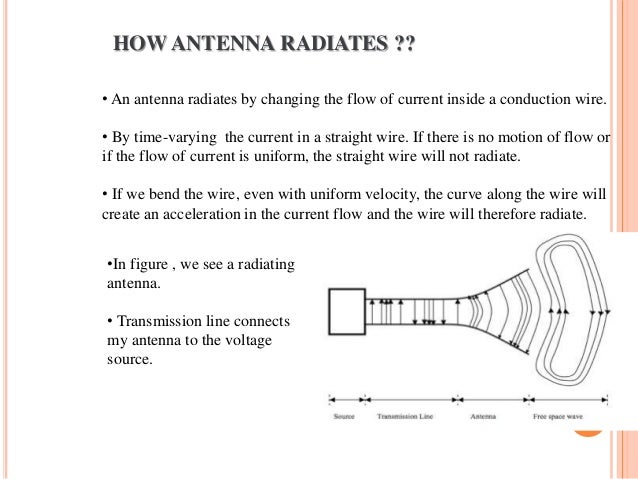How Does A Microstrip Patch Antenna Radiates

The Basics of Patch Antennas. Properties Of A Basic Microstrip Patch. Radiation Pattern A patch antenna radiates power in certain directions and we say that. A patch antenna (also known as a rectangular microstrip antenna) is a type of radio antenna with a low profile, which can be mounted on a flat surface. The source of radiation for rectangular microstrip radiator is the electric field that is excited between the edges of microstrip element and the. Download Pico Sim Date Rpg Hacked.
A 2.4 GHz patch antenna A patch antenna (also known as a rectangular microstrip antenna) is a type of radio with a low profile, which can be mounted on a flat surface. It consists of a flat rectangular sheet or 'patch' of metal, mounted over a larger sheet of metal called a. They are the original type of described by Howell in 1972; the two metal sheets together form a resonant piece of with a length of approximately one-half of the radio waves. The radiation mechanism arises from discontinuities at each truncated edge of the microstrip transmission line. The radiation at the edges causes the antenna to act slightly larger electrically than its physical dimensions, so in order for the antenna to be, a length of microstrip transmission line slightly shorter than one-half the wavelength at the frequency is used. The patch antenna is mainly practical at frequencies, at which wavelengths are short enough that the patches are conveniently small. It is widely used in portable wireless devices because of the ease of fabricating it on.
Multiple patch antennas on the same substrate (see image) called, can be used to make, and in which the beam can be electronically steered. A variant of the patch antenna commonly used in mobile phones is the shorted patch antenna, or (PIFA). In this antenna, one corner of the patch (or sometimes one edge) is grounded with a ground pin. This variant has better matching than the standard patch. Another variant of patch antenna with the partially etched ground plane, also known as printed monopole antenna, is a very versatile antenna for dual-band operations.
References [ ]. • 'Microstrip Antennas,' IEEE International Symposium on Antennas and Propagation, Williamsburg Virginia, 1972 pp.

177-180 • 'Radiation from Microstrip Radiators,' IEEE Transactions on Microwave Theory and Techniques, April 1969, Vol. 4 pp.235-236 • J. Panda,, 'A Printed 2.4 GHz/5.8 GHz Dual-band Monopole Antenna with a Protruding Stub in the Ground Plane for WLAN and RFID Applications, ' Progress In Electromagnetics Research, vol. Equis Metastock Pro Rapidshare more.
425-434, 2011 See also [ ] • (Space probe instrument, uses patch array antennas) External links [ ] • EM Talk • • •.
I'm guessing you don't understand how current can flow if there is no complete circuit. Pspice Tutorial Pdf. Let's take a simple quarter-wave dipole as an example: – Schematic created using How can any current flow, since there is no complete circuit from '-' to '+' of V1?
Consider this: relative to the speed at which the waves in the electromagnetic fields propagate, the dipole is long. It's true that current can't flow, but it doesn't know that until it gets to the end of the wire. As the current approaches the end of the wire but has no place to go, the charges pile up until they are pushed back in the other direction. By the time it's back, it's travelled $ lambda/2 $ or experienced a $180^ circ $ phase shift. The voltage at V1 has also changed by this point, and so the current is constructively adding to the new currents being produced by V1.
If it were not for some of this energy being lost as radiation, the energy in this antenna would grow without bound. Why the energy radiates is complicated. The long answer is '. If you don't want to understand all the gritty details of that math, then here's a simple, incomplete understanding: the current in an antenna is associated with a magnetic field, and the voltage is associated with an electric field. An antenna is an arrangement such that at some distance away from the antenna (the ) these two fields are mutually perpendicular and in phase, and what you get is a self-propagating wave like this: Red is the electric (E) field, and blue is the magnetic (B) field. This is the sort of wave that would be emitted by a dipole aligned with the Z axis.
Here's an oversimplified version that helped me get past my own noob ignorance. There are basically two types of small antennas: the small loop antenna, and the short dipole antenna. The small loop antenna is just a ring of wire, and any current in the wire produces a magnetic field surrounding the antenna. The device is an inductor, but one that has a large space-filling magnetic field. On the other hand, the short dipole antenna is just a pair of metal 'capacitor plates' sticking out into the air, and if a voltage is applied across them, there will be an e-field in the surrounding space. The device is just a capacitor, but again, it has a large space-filling field in the surrounding region.



